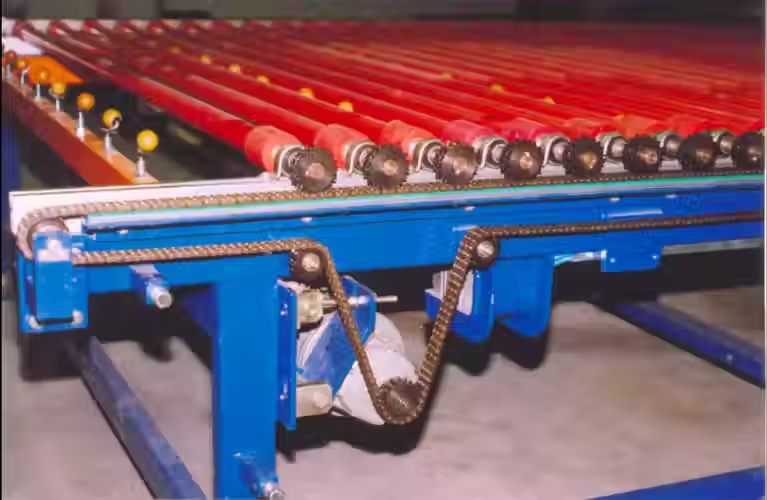Vibratory Bowl Feeder
- Jaswanth srinivas
- Nov 14, 2024
- 2 min read
Vibratory Bowl Feeder
A Vibratory Bowl Feeder is a type of automation equipment used primarily in industrial and manufacturing settings for the feeding, sorting, and orienting of small parts and components. These feeders play an essential role in streamlining production processes by handling parts automatically and efficiently, reducing human labor, and increasing productivity. Here’s a breakdown of their working, features, and manufacturers:
How a Vibratory Bowl Feeder Works:
The vibratory bowl feeder consists of a bowl-shaped container mounted on a base that uses vibration to move and orient parts placed inside the bowl. The vibration is created by an electromagnetic coil or an unbalanced motor that generates both vertical and horizontal motion. The vibration causes parts in the bowl to move along a circular track that leads to an exit point. As the parts travel, they are naturally sorted and oriented by the contours and ramps inside the feeder, which helps in aligning them in a specific direction.
Vibratory bowl feeders are especially useful for small parts, such as screws, nuts, washers, or plastic components, which need to be fed into assembly lines, machines, or packaging systems. Their precision ensures that parts are fed in the correct orientation and without damaging the products, ensuring minimal waste.
Types of Vibratory Bowl Feeders:
There are primarily two types of vibratory bowl feeders based on their construction:
Electromagnetic Vibratory Bowl Feeders: These feeders are powered by an electromagnetic coil, which creates oscillations in the bowl. The electromagnetic feeder is energy-efficient and precise in controlling the vibration amplitude.
Electromechanical Vibratory Bowl Feeders: These feeders use an unbalanced motor to generate vibration. They are more robust and typically used for heavier or larger parts.
Key Features of Vibratory Bowl Feeders:
Adjustable Feed Rate: Vibratory bowl feeders can be easily adjusted for different feed rates depending on the specific requirement of the production line.
Orientation Control: They ensure that parts are fed into the assembly line in the correct orientation, which is critical for automated assembly processes.
Flexibility: Vibratory feeders are adaptable to a wide range of components, making them ideal for industries like automotive, electronics, pharmaceutical, and food packaging.
Quiet Operation: Advanced models are designed for low noise levels, ensuring a more pleasant working environment.
Durability: Made with durable materials like stainless steel, they are built to withstand continuous operation.
Applications of Vibratory Bowl Feeders:
Vibratory bowl feeders are used in various industries, including:
Automotive: For feeding small parts like nuts, bolts, and washers into assembly lines.
Electronics: To handle small components such as resistors, capacitors, and screws.
Pharmaceuticals: For feeding tablets, capsules, or other medical components into packaging machines.
Food Packaging: To feed food items like nuts, candies, or snacks into packaging systems.
Conclusion:
Vibratory bowl feeders are integral to modern manufacturing, offering a reliable, efficient, and flexible solution for part handling and orientation. Their ability to handle high-speed operations while ensuring precision makes them indispensable across a variety of sectors. As automation continues to rise, the demand for these feeders will only increase, driving manufacturers to innovate further and create more tailored solutions to meet the needs of diverse industries.




Comments